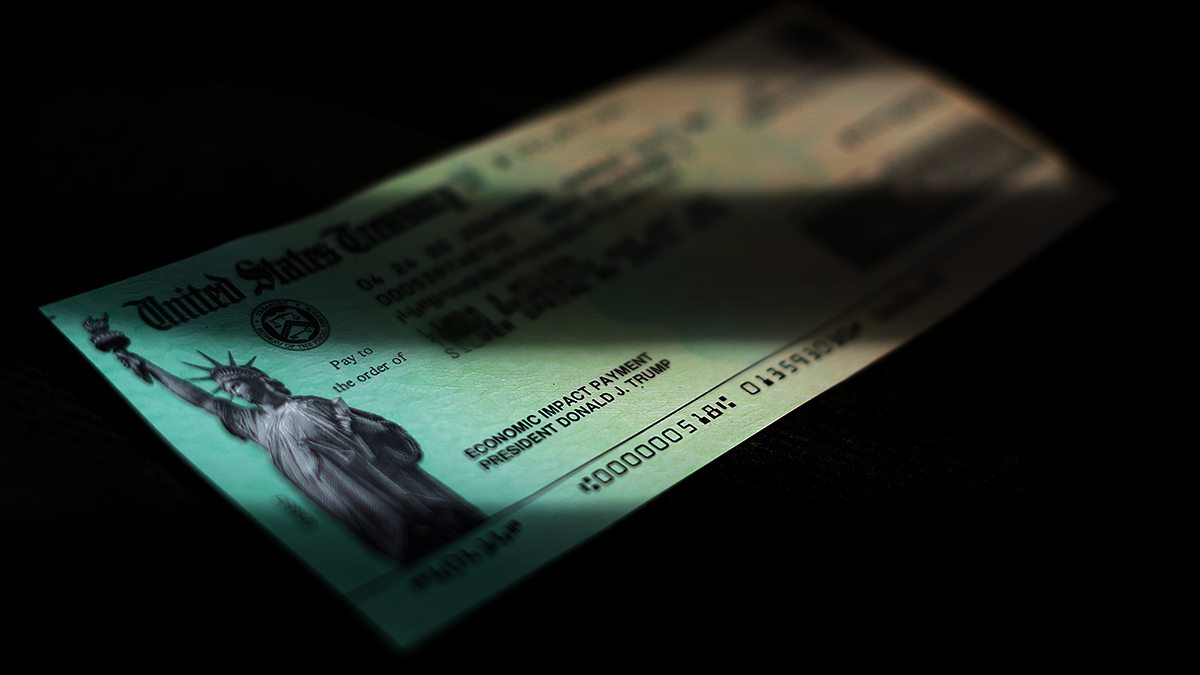For the first time, more than half of Massachusetts' communities, 187, are considered at the highest risk for transmitting the new coronavirus, according to the latest weekly community-level data on the pandemic.
The new total overtakes last week's record of 158 towns and cities in the report's red zone last week, which was itself a massive 61-community increase over the week before. The numbers, from the Massachusetts Department of Public Health, have been increasing steadily for weeks, as have coronavirus case numbers, amid a new surge in coronavirus cases. (See this week's full red zone list below.)
The record previously stood at 121, when the state had a different definition of high risk for communities.
Get Boston local news, weather forecasts, lifestyle and entertainment stories to your inbox. Sign up for NBC Boston’s newsletters.
The state's coronavirus command center had earlier Thursday sent messages to some residents' phones saying, "Nearly half of MA is high risk for COVID-19. Celebrate safely with only your household so we can celebrate together in 2021."
There are 351 communities in Massachusetts.
The weekly town-by-town report includes a breakdown of the total number of coronavirus cases in each Massachusetts city and town, transmission rates, data on clusters and more.
The report comes days after Massachusetts hospitals began giving health care workers the coronavirus vaccine, which is what's expected to end lockdown measures and restore at least some degree of regular life. Massachusetts-based Moderna's vaccine was endorsed for emergency use by an FDA panel Thursday afternoon, putting it one step from final approval.
See Thursday's full Department of Public Health report here.
See the Town-by-Town Mass. Coronavirus Risk Data
The following 187 communities are in the highest risk level as of Thursday: Abington, Acushnet, Adams, Agawam, Amesbury, Andover, Ashburnham, Ashland, Athol, Attleboro, Auburn, Avon, Ayer, Barnstable, Barre, Bellingham, Berkley, Billerica, Blackstone, Boxford, Boylston, Braintree, Brewster, Bridgewater, Brockton, Brookfield, Burlington, Carver, Charlton, Chelmsford, Chelsea, Chicopee, Clinton, Cohasset, Concord, Danvers, Dartmouth, Deerfield, Dighton, Douglas, Dracut, Dudley, East Bridgewater, East Longmeadow, Easton, Edgartown, Everett, Fairhaven, Fall River, Fitchburg, Framingham, Franklin, Freetown, Gardner, Georgetown, Gloucester, Grafton, Granby, Great Barrington, Greenfield, Groveland, Halifax, Hanover, Hanson, Haverhill, Holbrook, Holden, Holyoke, Hudson, Hull, Ipswich, Lakeville, Lancaster, Lawrence, Lee, Leicester, Lenox, Leominster, Littleton, Lowell, Ludlow, Lunenburg, Lynn, Lynnfield, Malden, Mansfield, Marion, Marlborough, Marshfield, Mattapoisett, Medway, Melrose, Mendon, Merrimac, Methuen, Middleborough, Middleton, Milford, Millbury, Millis, Monson, Montague, Nantucket, New Bedford, Newbury, Newburyport, Norfolk, North Andover, North Attleborough, North Reading, Northborough, Northbridge, Norton, Norwood, Oak Bluffs, Orange, Oxford, Palmer, Paxton, Peabody, Pembroke, Pepperell, Pittsfield, Plainville, Plymouth, Princeton, Quincy, Randolph, Raynham, Reading, Rehoboth, Revere, Rochester, Rockland, Rowley, Rutland, Salem, Salisbury, Saugus, Seekonk, Shirley, Shrewsbury, Somerset, Southampton, Southborough, Southbridge, Southwick, Spencer, Springfield, Sterling, Stoneham, Stoughton, Sturbridge, Sutton, Swampscott, Swansea, Taunton, Templeton, Tewksbury, Tisbury, Topsfield, Townsend, Tyngsborough, Uxbridge, Wakefield, Walpole, Waltham, Wareham, Webster, West Boylston, West Bridgewater, West Newbury, West Springfield, Westborough, Westfield, Westford, Westminster, Westport, Weymouth, Whitman, Wilbraham, Wilmington, Winchendon, Winthrop, Woburn, Worcester and Yarmouth.
The state itself is in red as well, for the second straight week.
Of those communities in red, 36 are newly in red on the list: Adams, Ashburnham, Athol, Barre, Braintree, Brewster, Brookfield, Cohasset, Deerfield, East Longmeadow, Easton, Franklin, Great Barrington, Greenfield, Hull, Ipswich, Lee, Medway, Monson, Newbury, Newburyport, North Reading, Northbridge, Oak Bluffs, Orange, Paxton, Pepperell, Princeton, Reading, Swampscott, Templeton, Tisbury, Waltham, West Newbury, Westborough and Winchendon.
And seven communities dropped out of red on the list: Dover, Hamilton, Harwich, Hopedale, Manchester, North Brookfield and Upton.
To qualify for the red, high-risk category under the new metrics, communities with populations under 10,000 must have more than 25 cases. For mid-size communities of between 10,000 and 50,000 people, they must have an average of more than 10 cases per 100,000 people and a positive test rate of more than 5%. And for larger communities of greater than 50,000 people, they must have more than 10 cases per 100,000 people and a positive test rate of more than 4%.
Previously, the state used the number of cases detected on average each day over two weeks to determine if Massachusetts' communities are at high risk for coronavirus transmission. The new list factors in population size and positive test rate.
State health officials have identified 16,305 new coronavirus clusters between Nov. 15 and Dec. 12, each accounting for an average of 2.68 COVID-19 cases. That's 3,233 more new clusters than were identified in the previous report, with data from Nov. 8-Dec. 5.
Read this week's full report here, with data on communities' percent positivity, county- and state-level data and more.
The Department of Public Health is no longer including a map of the community-level risk in the weekly report. An official told NBC10 Boston that the map is no longer seen as being as helpful as it once was, now that coronavirus cases are being reported in most communities.
Changes to Massachusetts' Hot Spot Map
Massachusetts has changed its coronavirus metrics for the weekly report over time, including three significant revamps in a recent three-week span.
The most recent changes, last month, produced a major shift: knocking the number of communities in the red zone from 121 to 16 as what defined a high-risk community changed, though the numbers have grown as the weeks passed. Officials said the adjustment brought Massachusetts more in line with risk levels in other states.
That week's report also dropped the map that displayed the town-by-town coronavirus data. It showed where in the state communities were at high, moderate or low risk of transmission, but officials said it was no longer very informative.
In the weeks before that, officials added information on COVID-19 clusters, both on where major clusters have been identified -- they're listed in the report with an asterisk -- and on trends among clusters.
The color-coded town-by-town data was introduced in August, and the Baker administration announced that the state would focus its strongest COVID-mitigation efforts on towns in the red category. Communities can only move to Step 2 of Phase 3 of Massachusetts' reopening plan, announced in late September, if they are not consistently in the red.
Before the introduction of that data, the standard for measuring hot spots had been the positive COVID test rate over the preceding 14 days. The Department of Public Health's weekly report still includes that information, along with other metrics like how many tests are being conducted locally and how many cases have been reported locally.
Some of Massachusetts' smaller towns had taken issue with having their risk assessed based on cases per capita alone. They said that, when a town only had a few thousand people, an outbreak in just one household could send it into red under the criteria at the time: 8 cases of COVID-19 per 100,000 residents.



